I covered a Christmas Day landing accident that, on paper, looked simple: bright sun, short-field grass strip, and a go-around that happened just a few seconds too late. Under the surface, there were good reminders for all of us about planning arrivals to private strips and managing visual illusions from glare. The airplane was an Aeronca 15AC (1950-era, tailwheel, 4 seats) landing at Spring Valley Farm (6GA4) in Loganville, Georgia. The single occupant—an airline transport pilot—was seriously injured when the airplane struck trees during a go-around.
The Pilot and the Machine
The pilot held an Airline Transport Pilot certificate and reported 3,164 total hours, with 2,962 as PIC. In the accident make and model he had 110 hours—respectable time in a vintage tailwheel type, but not thousands. His most recent third-class medical was issued September 24, 2024; his flight review was April 22, 2024. He was not flying professionally. These are the kinds of numbers that tell me we’re looking at an experienced aviator who knew his way around piston singles and tailwheel handling.
The airplane itself was an Aeronca 15AC with a Continental O-300-A rated at 145 horsepower. The airframe had 3,298 hours as of the last annual, completed July 2, 2024. No indication of maintenance problems surfaced in the investigation, and the pilot specifically reported no mechanical malfunctions. For a grass strip operation, the 15AC is a capable platform—light, tailwheel, and forgiving when flown precisely.
The Strip and the Setup
Spring Valley Farm (6GA4) is a private, 3,000-by-100-foot turf runway oriented 06/24, elevation 920 feet MSL. Weather at 15:55 local, taken from a nearby observation site, showed clear skies, 10 miles visibility, and an altimeter of 30.23 inches—classic VMC with no convective or obscuration issues. This accident occurred about an hour later at 17:00 local, a winter afternoon when the sun sat low and right where a landing pattern might point you toward glare at certain phases. Condition of light: day. Surface: dry turf. In other words, everything looked benign except for the sun angle.
Final Approach: When the Runway Disappears
On approach, the pilot reported losing reference to the runway because of sun glare. He then elected to go around. That decision—go around when you lose the picture—was the correct one. But timing matters. The airplane didn’t climb above nearby trees during the maneuver. It struck them, and the impact forces separated both wings from the fuselage. The pilot was seriously injured. There was no post-impact fire. The ELT activated but did not aid in locating the accident.
The NTSB tagged the defining event as a “collision during takeoff/landing,” essentially a botched go-around in the landing phase. The Board’s probable cause was concise: the pilot failed to maintain clearance from trees during an attempted go-around in sun glare. The pilot later reflected that the accident could have been prevented if he had initiated the go-around sooner. That last part is a gift to the rest of us—a clear human factor lesson straight from the person in the seat.
Why Glare Wins (If You Let It)
Sun glare sounds mundane until you’ve flown a late-afternoon pattern into a west-facing runway and watched the entire world dissolve into a smear of gold. It robs you of texture and depth. Edges blur. On turf, which already offers weaker visual cues than bright concrete, it’s even easier to lose the runway threshold and judge height poorly. The Aeronca’s nose-high attitude and the tailwheel geometry in the flare reduce forward visibility further. Add any treeline near the approach end and you have a thin margin if you choose to salvage the landing rather than reset with an early go-around. The report’s “monitoring environment” finding points right at this: the pilot’s task saturation coping with glare delayed the go-around decision until there wasn’t enough energy and distance to clear obstacles.
The Go-Around Trap at Private Strips
We talk a lot about go-arounds, but on short or obstacle-lined strips you can’t treat them like a universal escape hatch. Once you’re into the flair or low over turf with power coming in, the deck angle change, drag increase, and ground effect transitions can eat runway and climb performance quickly. If you’re behind the power curve or slow, the airplane may mush before it builds a positive climb. Trees don’t negotiate.
This Aeronca had 145 horsepower—plenty to fly, but not a “point-it-skyward” machine when heavy or slow. A go-around initiated very low, with glare masking cues, can become a straight-ahead obstacle encounter unless it’s started early and executed crisply: full power, carb heat cold (if applied), pitch for Vy, immediate configuration cleanup as the airplane is stabilized, and—crucially—choosing a path that avoids the tallest obstacles. The Board’s “altitude— not attained/maintained” note aligns with what we’d expect from a late, shallow go-around into rising terrain or trees.
Decision Points You Can Pre-Brief
Here’s how I would brief a late-afternoon arrival to a turf strip like 6GA4:
- Sun assessment before the descent. Check the runway orientation (06/24), the time of day, and the sun’s azimuth. If landing into the sun, plan to offset or slightly crab for contrast until short final, or pick the opposite runway if winds permit. Sunglasses help, but they don’t restore definition when you’re pointed into a bright disc.
- Hard gate for “stable or go.” For example: by 500 feet AGL on final, I want the runway plainly visible, airspeed stable, and a clear touchdown aimpoint. If glare washes out the picture, I’m going around right there—not later in the flare. The accident pilot’s own hindsight supports this exact mindset: sooner would have made the difference.
- Obstacle plan for the go-around. At private strips, identify the treeline and the least-obstructed climb corridor before you turn base. If the plan is “straight ahead,” but straight ahead is trees, you don’t truly have a plan. Angle slightly to a gap if one exists, or choose the other runway when conditions allow.
- Configuration discipline. In taildraggers, we love those full-stall, short-field touchdowns. Just remember that a full-flap, nose-high attitude carries drag you must pay for during a go-around. If you go around, do it decisively and clean up in the proper sequence as the airplane is climbing—not after it’s wallowing near the tree line.
Human Factors: Experience Isn’t Immunity
Some will look at an ATP with thousands of hours and assume “this shouldn’t happen.” But experience can also breed confidence in salvaging a landing. We’ve all felt that nudge to “just make it work.” The pilot flew into a bright visual illusion, recognized it, and chose to go around—just a beat too late. The honest admission in the record—he could have gone around sooner—is the kind of reflection that keeps the rest of us honest. It underscores that judgment isn’t static; it’s a perishable skill we have to rehearse, especially at private strips where there’s less margin.
What Went Right, What Went Wrong
What went right: The pilot didn’t try to force a landing blind. He chose to go around. There was no fire, and emergency systems worked in the sense that the ELT activated.
What went wrong: The go-around call came too low, with glare still stealing cues and trees looming. Energy and climb performance didn’t match the obstacle environment. There was no mechanical issue to blame; weather was VMC; runway was dry. The root risk here was human—visual conditions and timing. The NTSB’s probable cause makes that clear in a single line.
Key Takeaways for the Rest of Us
- Brief glare like a crosswind. Treat low-sun angles as a condition that demands a plan, not a nuisance you’ll “work through.” If the picture isn’t crisp by a defined gate, go early.
- Pre-plan the go-around path. “Full power and climb straight ahead” is not enough if straight ahead is trees. Know the escape lane before you descend.
- Respect tailwheel sightlines on turf. High attitude in the flare reduces forward visibility. If glare stacks on top of that, you can lose the runway entirely.
- Decide, then commit. Late go-arounds are better than none, but early go-arounds are best. If you’re already low, slow, and in ground effect, add power, pitch for Vy, and keep the wings level while you steer away from obstacles.
All of these are simple, almost boring, but in a 1950 airframe with 145 horses on a winter afternoon, they’re the difference between rolling out on the grass and picking tree bark out of fabric.
Closing Thoughts
This was a classic VFR trap: good weather and a friendly grass strip, complicated by a low sun and a pilot’s understandable desire to finish the landing. The Aeronca didn’t quit. The environment didn’t change. A handful of seconds did. For anyone flying into private turf fields—especially late in the day—set your gates, brief your escape, and if the picture washes out, push the power up and go around while you still own the energy and the air. The pilot’s own words told us the fix: do it sooner.
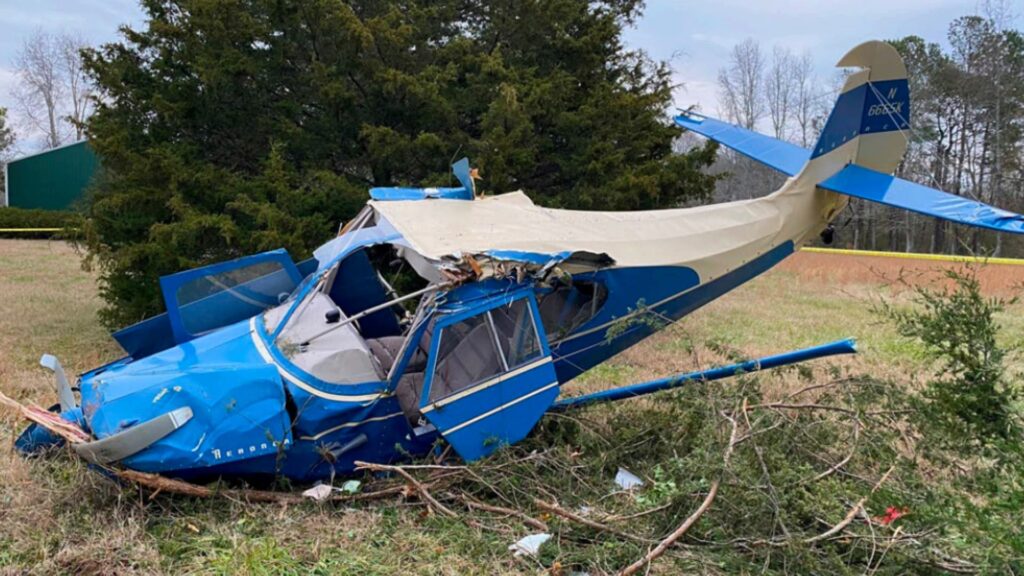



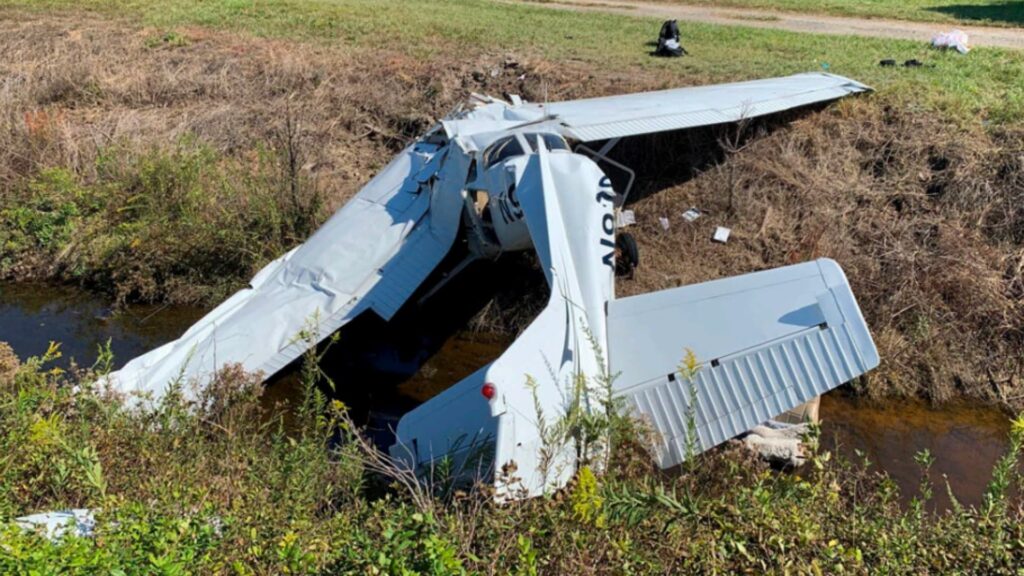
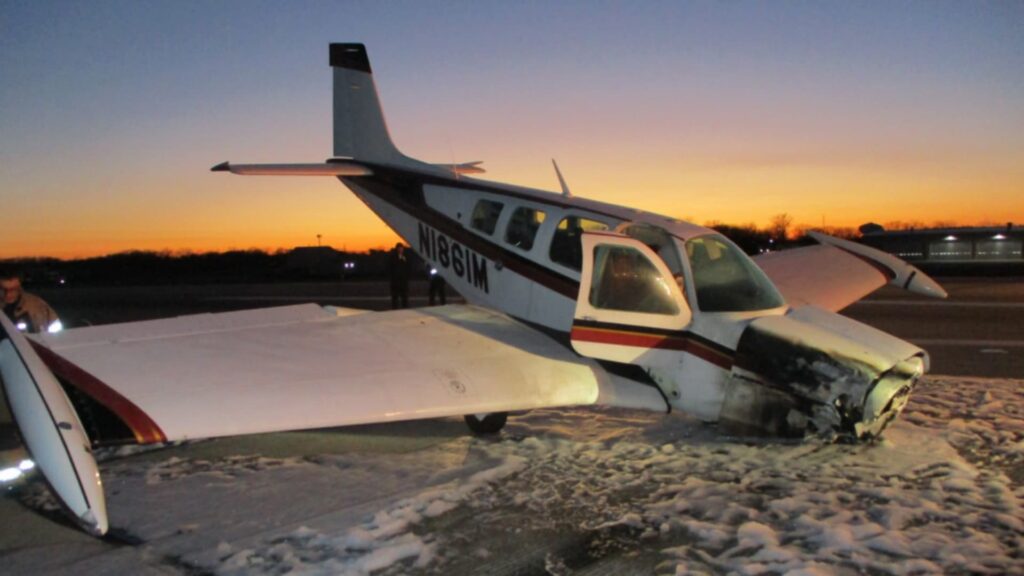


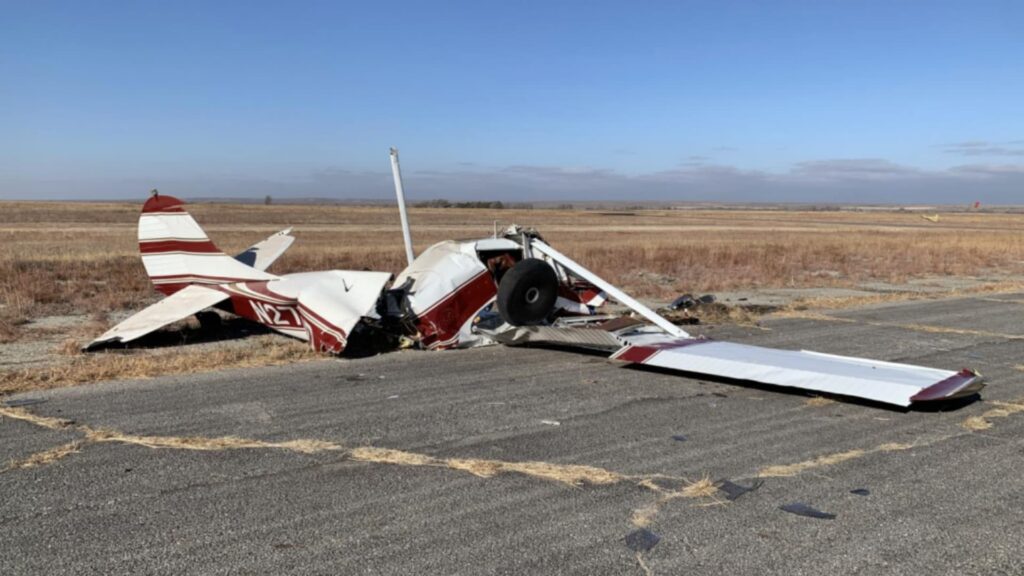
4 Comments
Would a base ball cap with a peak have made a difference. No mention of same..Another option would have been to land on 06 with the sun behind him.
Yet another option would have been to do some circuits and land as the sun dipped below the horizon. Not much margin before last light.
“Trees don’t negotiate” Very true. I’m glad the pilot survived.
Good points. Sometimes the right action goes wrong. Glad he survived the old Sun in your eyes problem.
It is very sad that the accident took place. We are hoping to purchase a sedan and restore it to flying condition . I wonder is the owner going to repair the airplane ? Hope so . I am in Ontario Canada and love tailwheel airplanes and the idea of a 4 seater and space in the sedan is appealing for sure